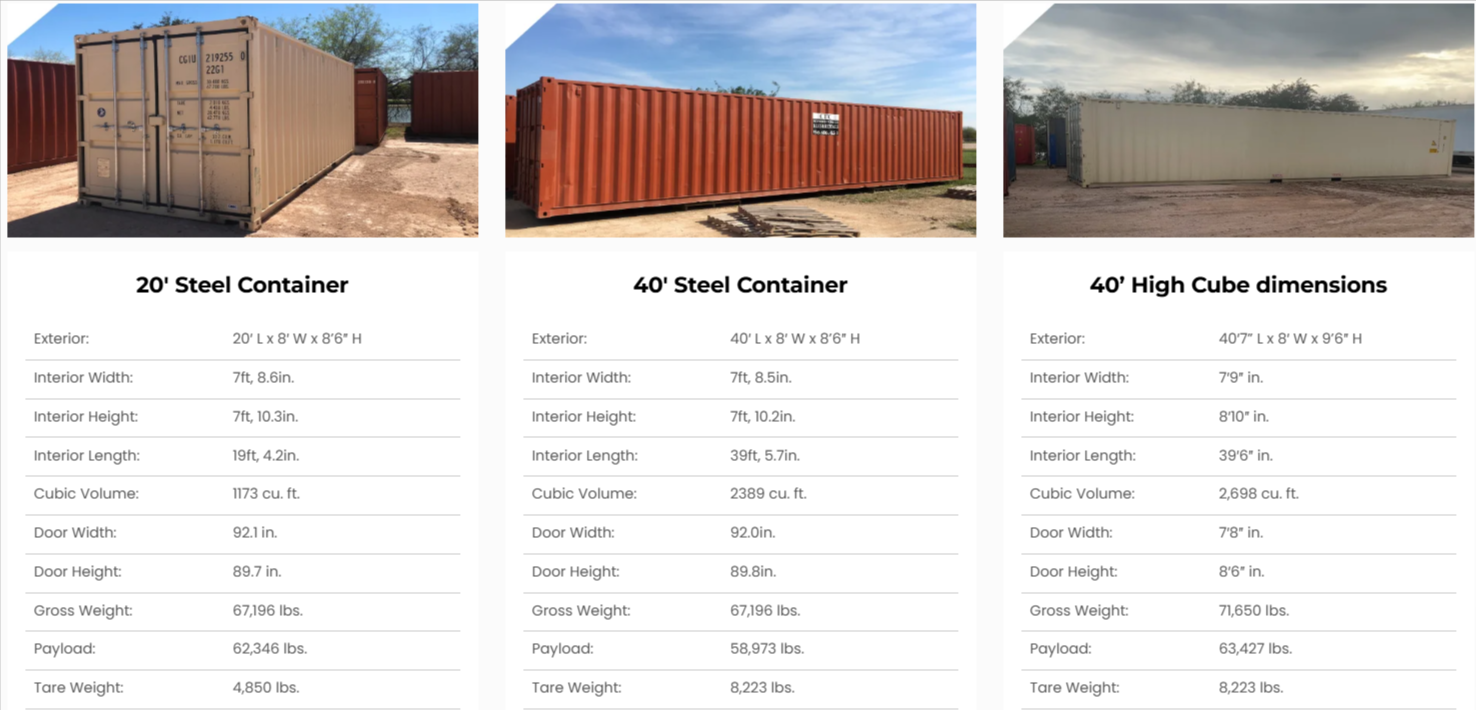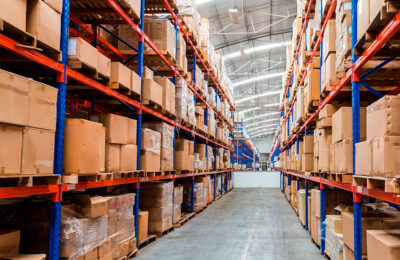Shipping containers have evolved into vital infrastructure for businesses seeking affordable, modular, and secure storage and operational space, making them the backbone of global logistics. Roughly 90–95% of the world’s goods are transported using shipping containers emphasizing their strength and versatility.
Businesses across construction, retail, agriculture, and logistics increasingly turn to containers for:
- On-site equipment storage
- Modular office spaces
- Pop-up shops and showrooms
- Temperature-controlled inventory management
- Mobile units for remote work and service delivery
Their weatherproof, vermin-resistant, and theft-deterrent qualities make them an attractive investment for any business needing secure, portable infrastructure.
Two Core Options: New vs Used Shipping Containers
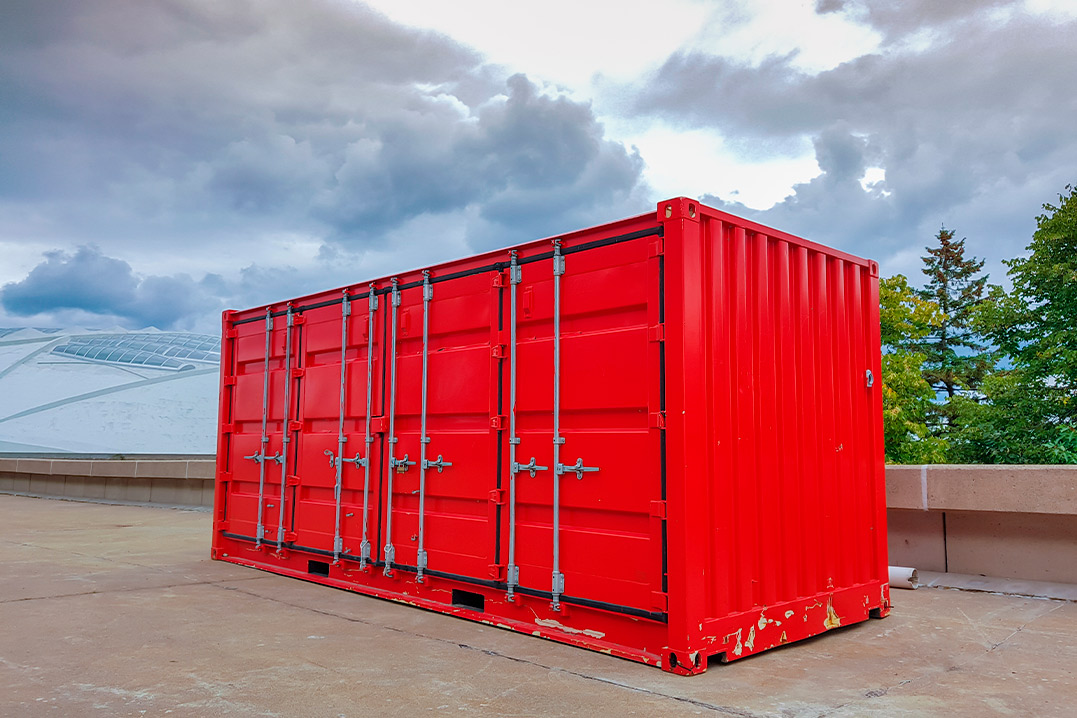
Selecting the right one for your specific needs becomes essential when investing in a shipping container. The container you choose directly impacts your operational efficiency, security capabilities, and bottom line. This leads many business owners to a critical decision: Should you purchase new or used shipping containers?
Shipping containers for sale fall into two primary categories: new (one-trip) and used (multi-trip). Your chosen option affects pricing, appearance, durability, and long-term value. Understanding the differences helps align your purchase with your goals.
Key Characteristics: Comparing New and Used Shipping Containers
Understanding the core differences between new and used shipping containers is essential for making an informed purchase. The table below outlines the most important features that affect performance, longevity, cost, and suitability for different business applications. Each factor can significantly influence how well the container supports your operations, immediately and over time.
| Feature | New Shipping Containers | Used Shipping Containers |
| Condition | Like-new, single trip from factory | Multiple trips, with signs of wear such as dents and scratches |
| Lifespan | 25+ years (with maintenance) | 10–15 years (based on use history) |
| Cost | 30–40% higher initial investment | More affordable |
| Warranty | Often includes a manufacturer warranty | Rarely includes a warranty |
| Lead Time | May involve production wait | Readily available on short notice |
| Best For | Shipping, branding, client-facing use | Static storage or short-term use |
Both container types are constructed from Corten steel, making them highly resistant to corrosion and extreme weather. Watertight seals on doors ensure moisture, mold, and pests stay out.
Strategic Considerations for Your Business
Before deciding, evaluate the container’s intended purpose. Functionality and visibility often determine whether a new or used container is the better fit for your business.
Common Use Cases for New Containers
New containers are ideal for businesses that require certification, long-term use, or a professional appearance in customer-facing environments:
- Export or international shipping (requires cargo-worthiness certification)
- Pop-up retail shops or branded promotional installations
- Long-term modular structures (e.g., workshops, offices)
- Environments where aesthetics and presentation matter
Common Use Cases for Used Containers
Used containers offer practical solutions for businesses prioritizing cost savings and short- to mid-term storage needs:
- Static inventory storage
- On-site tools or equipment sheds
- Agricultural use (e.g., storing feed, fencing supplies)
- Temporary offices or seasonal overflow solutions
Used containers provide substantial utility when appearance and long-term durability are less important, while new containers offer peace of mind, especially for cargo or customer-facing applications.
Pros and Cons: Side-by-Side Summary
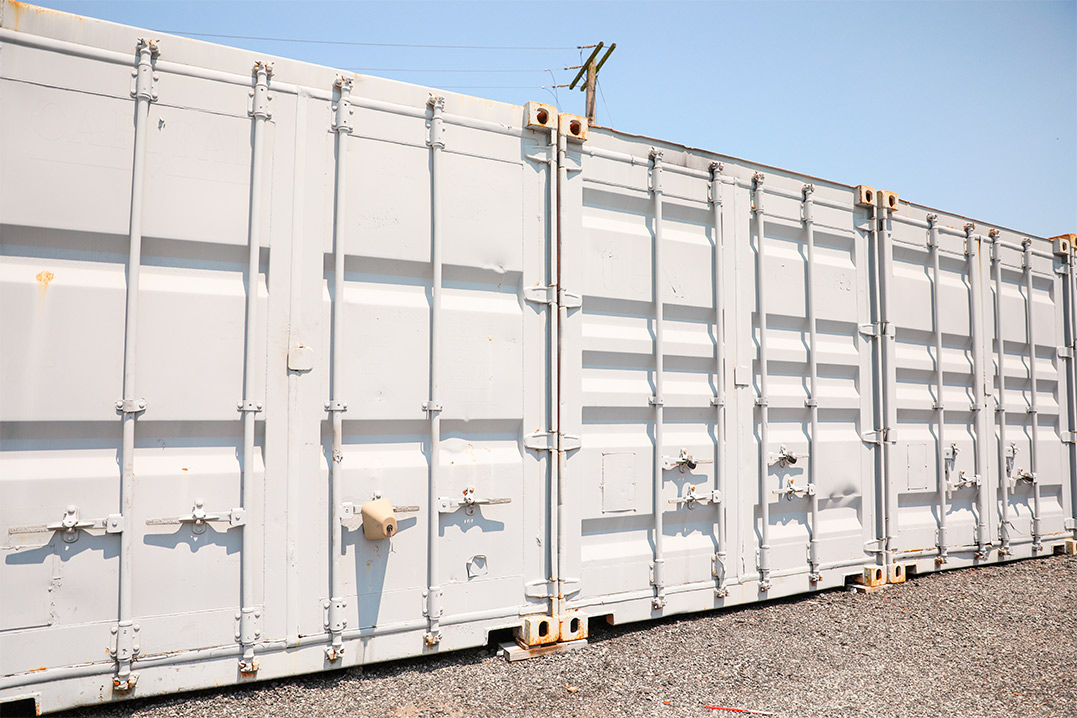
The following table outlines the primary advantages and considerations of new versus used shipping containers, helping businesses weigh performance, cost, and operational suitability when making a purchase decision.
| Category | New Shipping Containers | Used Shipping Containers |
| Overview | A premium investment offering superior condition, extended service life, and suitability for customer-facing or long-term applications. | A cost-effective option ideal for businesses seeking functional storage or temporary infrastructure with lower upfront investment. |
| Benefits | · Flawless exterior and interior
· Longer service life · Ideal for customization and branding · Meets cargo-worthiness certification needs · Lower maintenance in early years |
· 30–40% lower cost compared to new
· Faster delivery and easier availability · Durable for static use · Available in multiple condition grades |
| Considerations | · Higher upfront costs
· May involve longer lead times or manufacturing wait |
· May have rust, dents, or cosmetic damage
· Requires thorough inspection for structural integrity · Limited or no warranty coverage |
Decision-Making Framework for Buyers
Work through the following decision framework to determine the most suitable container for your business.
Strategic Decision Checklist
| Consideration | Explanation |
| Budget | Can your business afford the premium for a new container? |
| Timeline | Is there urgency, or can you wait for manufacturing lead times? |
| Use Duration | Will you need the container for a few years or decades? |
| Aesthetics | Will clients or customers regularly see the container? |
| Structural Requirements | Is the container meant for vertical stacking, refrigeration, or mobility? |
| Modification Needs | Do you need doors, windows, insulation, racks, or branding installed? |
| Certifications | Are you shipping internationally or storing regulated items? |
| Inspection Options | Can you view the container in person or virtually before purchase? |
Aligning your choice with these variables determines a container supporting immediate tasks and future expansion.
Making the Right Choice: Next Steps and Reassurance
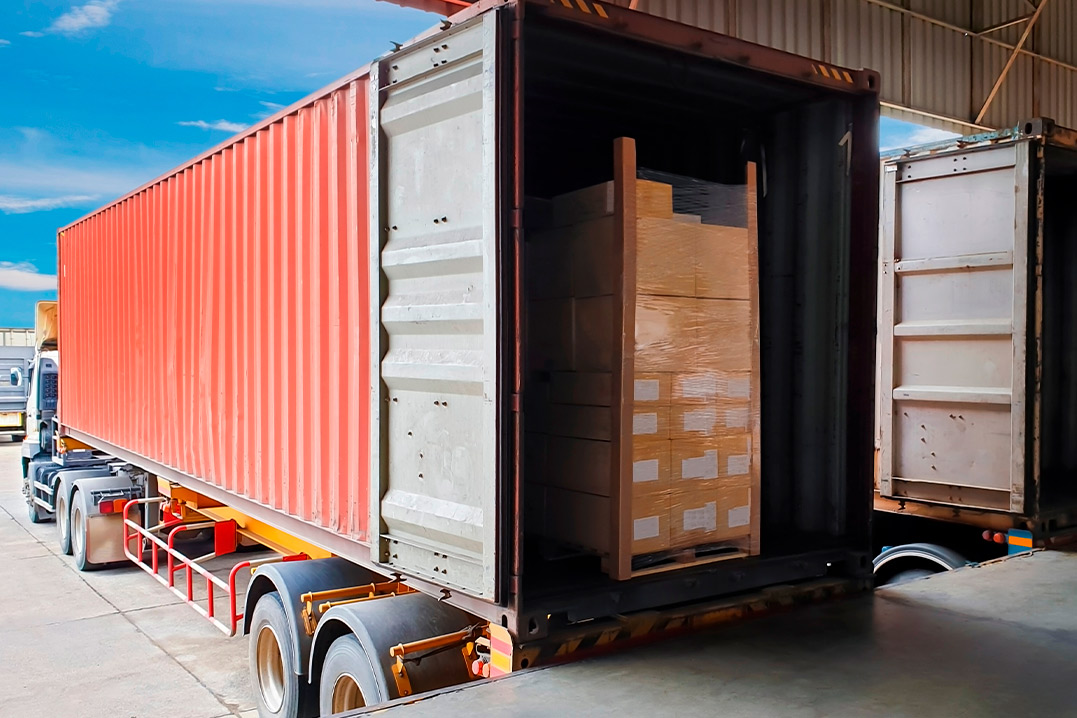
A reputable supplier guarantees product quality and fair pricing. Always ask for comprehensive documentation and a detailed condition report, especially for used units.
Inspection Essentials:
Use the checklist below to evaluate the key components of a shipping container during inspection, ensuring it meets quality and performance standards.
- Exterior: Check for deep dents, visible rust, or bowing panels
- Doors & Seals: Ensure they open easily, close securely, and lock properly
- Flooring: Inspect marine plywood for signs of rot, mold, or chemical stains
- Interior: Look for watermarks, odors, and light penetration
- Certifications: Request Wind and Watertight (WWT) or Cargo-Worthy certificates
If purchasing remotely, ask for photos or video walkthroughs from multiple angles. Don’t hesitate to negotiate. Compare prices across multiple providers and inquire about delivery fees, warranties, and customization options to ensure you understand the total investment.
Financial Comparison: New vs Used Shipping Container Investment
Use the table below to evaluate the potential return on investment based on business needs.
| Factor | New Container | Used Container |
| Upfront Cost | $4,000–$6,000 (depending on size/features) | $2,000–$4,000 [Source: Containers for Sale] |
| Average Lifespan | 25+ years | 10–15 years |
| Cost Per Year (avg.) | $160–$240 | $200–$400 |
| Maintenance Required | Minimal in early years | Likely moderate; depends on condition |
| Resale Value | Higher residual value | Lower resale value |
While new containers may appear expensive initially, their lower yearly cost and longer lifespan may yield better long-term value, especially if you intend to customize or resell later.
Planning Ahead: Supporting Business Growth
Think beyond today’s storage needs. Shipping containers can evolve with your business. Modular designs allow for:
- Container stacking for multi-level storage
- Retrofitting into mobile offices or workshops
- Adding HVAC or solar for energy-efficient use
- Expansion through connected units
Whether new or used, containers offer scalable flexibility unmatched by traditional construction.
Get started with reliable containers in South Texas
At CTC Distributing, we provide a wide selection of new and used shipping containers suited to business applications across South Texas. Whether you’re in McAllen or Edinburg, we offer:
- Wind and Watertight certified containers
- Fast delivery and flexible customization options
- Transparent pricing with no hidden fees
Our experts help you choose the right container with confidence. Contact us today for a quote and discover the convenience of having a tailored shipping container solution that grows with your business.



